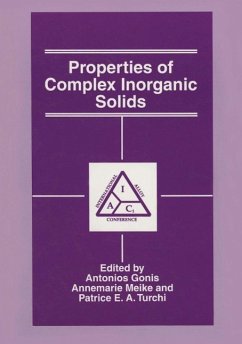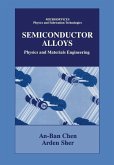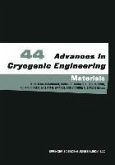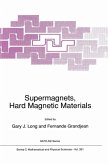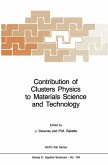It is common practice today to use the term "alloy" in connection with specific classes of materials, with prominence given to metals and semiconductors. However, there is good justification for considering alloys in a unified manner based on properties rather than types of materials because, after all, to alloy means to mix. The scientific aspects of mixing together different materials has a very long history going back to early attempts to understand and control materials behavior for the service of mankind. The case for using the scientific term "alloy" to mean any material consisting of more than one element can be based on the following two considerations. First, many alloys are mixtures of metallic, semiconducting, and/or insulating materials, and the properties of an alloy, i.e., metallic, semiconducting, or insulating, are often functions of composition and of external conditions, such as temperature and pressure. Second, and most importantly, in attempting to understand the various properties of materials, whether physical, chemical, or mechanical,one is apt to use the terminology and experimental, formal, and computational methods in their study that transcend the type of material being studied.
Dieser Download kann aus rechtlichen Gründen nur mit Rechnungsadresse in A, B, BG, CY, CZ, D, DK, EW, E, FIN, F, GR, HR, H, IRL, I, LT, L, LR, M, NL, PL, P, R, S, SLO, SK ausgeliefert werden.

